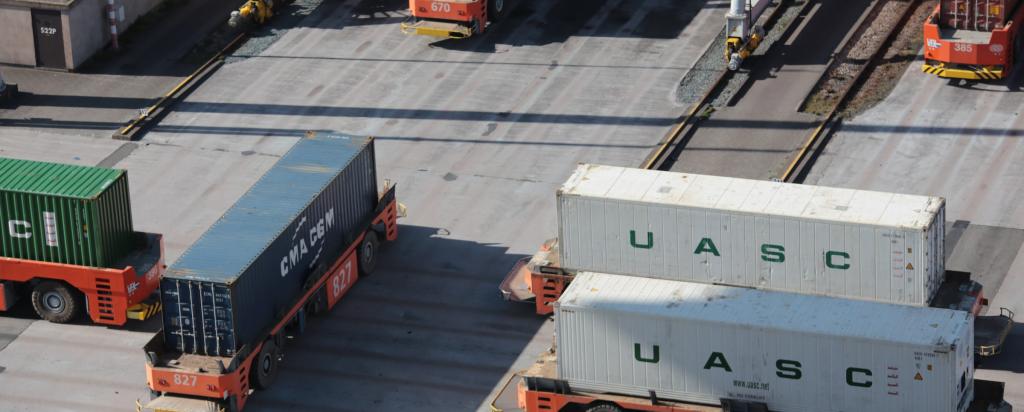
Published on the 5th December 2015 by ANSTO Staff
The Australian Nuclear Science and Technology Organisation (ANSTO) will not comment on a live police operation while it is underway.
As is on the public record, by the end of 2015, Australia will have repatriated radioactive waste that was reprocessed in France, and enabled generations of potentially life-saving nuclear medicine production.
“At some point during their lifetime, one in every two Australians will need a nuclear medicine dose,” said ANSTO’s General Manager Nuclear Security, Government and International Affairs.
“If you or your family has had cancer, or a heart, bone or lung scan, then the chances are you’ve had a diagnosis or treatment enabled by the Lucas Heights reactor.
“Nuclear medicine is a critical tool for diagnosis and treatment of disease, and around 80 per cent of the nuclear medicine in Australia comes from ANSTO.
“ANSTO produces some 10,000 doses of nuclear medicine a week, which goes to 250 hospitals and nuclear medicine centres around the country and region.
“That includes Wollongong Hospital, Shoalhaven nuclear imaging, St George Hospital, and other centres right across Sydney and Australia.
“Some 85 per cent of the radioactive waste that is produced at ANSTO is linked to the medicine production program. Nuclear science also supports our mining, research and health industries.
“Australia does not shy away from our responsibility to safely deal with the by-products that enable the significant benefits from our nuclear program.”
Following treatment and reprocessing in France, the material will be temporarily held at ANSTO’s Lucas Heights campus until a National Radioactive Waste Management Facility is built.
“International best practice is that radioactive waste should be stored in a single facility, and we welcome the Federal Government’s work to site and build that facility,” said Mr Jones.
Mr Jones said that there is no credible chance of any incident while the transport is underway.
“This container is so well shielded that you could sit on it for five hours and receive no more of a radiation dose than you would on a flight to Singapore,” said Jones.
“It is a feat of engineering that is made from forged steel, and could withstand a drop of 9 metres, temperatures of 800 degrees Celsius or even a jet plane strike.